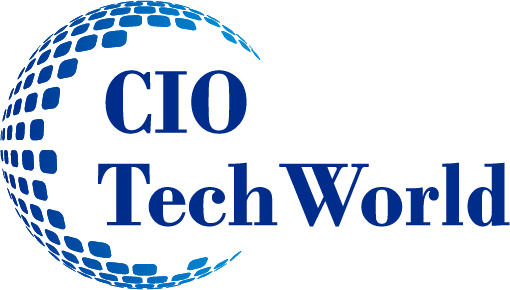Every business sector in every industry requires reliable communication to thrive, as faulty communication can lead to misunderstandings, missed deadlines, and even financial issues.
Companies must identify where gaps exist, implement structured solutions, and continuously refine how information flows across the organization to prevent costly business losses from communication breakdowns. Effective communication strengthens operations, improves team performance, and supports stronger customer relationships.
Identify the Root Cause of Communication Breakdowns
Leadership must identify what’s causing the communication breakdown before any improvement can happen. Often, these failures stem from unclear expectations, isolated departments, and inconsistent messaging.
Information becomes fragmented when teams work in silos or follow different communication standards. In fast-paced environments, even minor missteps can delay projects or impact client satisfaction. Leaders must analyze how teams share messages and identify where communication breaks down to take targeted action and improve results.
Foster a Culture of Clear Communication
Clear communication requires an organizational culture that values transparency, active engagement, and mutual understanding. Leadership should set the tone by being consistent, direct, and responsive in their communications.
Encourage employees to confirm instructions, seek clarification when needed, and provide feedback on open channels. Over time, a shared commitment to clarity builds trust, improves collaboration, and keeps everyone aligned toward shared goals.
Leverage Modern Tools for Business Communication
Outdated technology can hinder even the best communication strategies. Businesses need tools that match their operation’s speed and complexity. Modern platforms, ranging from centralized messaging apps to project management systems, streamline information sharing and reduce delays.
Innovations in two-way radio technology offer dependable, real-time communication in industries where timing is especially important, even in challenging environments. Selecting the right mix of tools gives teams fast, consistent access to the information they need to make decisions and act.
Train Teams To Strengthen Their Communication Skills
The most advanced tools are only as effective as the people using them. Team members must understand what to communicate and how to do so clearly and professionally.
Ongoing training in active listening, concise writing, tone awareness, and emotional intelligence builds these skills. Well-trained teams avoid common communication traps, navigate conflicts more smoothly, and maintain stronger connections with colleagues and clients alike.
Monitor and Refine Your Processes
Improving communication is not a one-time effort. Businesses should regularly monitor internal and external communication through surveys, feedback sessions, and performance indicators.
Are projects being delayed due to miscommunication? Are clients requesting clarification too often? These insights reveal where leaders can adjust. Making changes early, whether it’s adopting a better tool or updating a process, can prevent larger disruptions down the line and keep business operations on track.
Smart Strategies Protect Your Bottom Line
A strategic approach to communication reduces the risk of confusion, conflict, and costly mistakes. Companies must uncover root causes, encourage clarity, adopt the right tools, develop employee skills, and regularly review communication practices to prevent costly business losses from communication breakdowns.
Explore more articles:
UAE Cybersecurity Leader CPX Acquires Pioneering Cyber-AI Firm spiderSilk
Why Privacy Matters More Than Ever Before
Exploring Modern Trends in Workplace Technology
Can You Build a Data Center in Your Home?

I am the Senior Editor at CIO TechWorld. With over a decade of experience in the media and publishing industry, I specialize in research and collaborate with technology companies to bring their stories to life. Explore my articles on CIO TechWorld, where I offer unique perspectives on technology topics.









